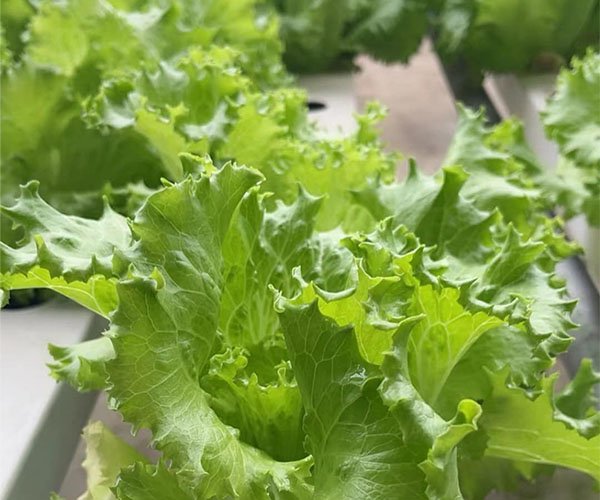Chemical control of plant diseases and insect pests guarantees food yield and quality, but the excessive use of chemical pesticides causes serious damage to the environment and human health. Chitosan oligosaccharide (COS) has gained a large number of loyal fans due to its powerful functionality in agriculture and broad-spectrum antibacterial properties. In particular, chitosan oligosaccharide has been favored by water-soluble fertilizer manufacturers for its excellent effects on plant immunity and stress resistance, and inhibiting nematodes.
As a plant immune inducer, COS mainly improves plant induced resistance by enhancing plant physiological functions and increasing plant resistance to pathogenic factors. It can stimulate multiple metabolic pathways in plants, strengthen metabolism, promote plant growth and development, and achieve the effect of increasing production and resisting diseases.
Amino-oligosaccharides, also known as agricultural chitosan oligosaccharide, are non-specific signals for plants to recognize the invasion of pathogenic fungi. They show strong immune induction activity for many plants and can stimulate plant gene expression and produce disease-resistant chitinase. Chitosanase, phytoalexins and immune proteins, these substances can inhibit the growth of pathogens and kill them to achieve disease resistance.
COS has broad application prospects and are of great significance in promoting crop production and disease resistance and promoting sustainable agricultural development.
- After treate with chitosan oligosaccharide, the growth of frozen cucumbers was significantly better than that of the control. The harvest period of the treated plants was 3 to 5 days earlier than that of the control, and the yield was also significantly higher than that of the control.
- Spraying chitosan oligosaccharide on the leaves has a good effect on tea trees in resisting disease and increasing yield. At the same time, we found that chitosan oligosaccharide can play a hormonal role in the leaf culture medium, and plays a protective role in the culture medium and explants in preventing pollution and disease.
Chitosan oligosaccharide can assist in suppressing nematodes
COS can induce plant roots to secrete chitin hydrolase, destroying chitin in the cell wall of nematode eggs. Experiments have found that chitosan oligosaccharide can repair damaged roots and promote rooting. It takes effect in 1-2 days and lasts for 5~ After 7 days, it is obvious that new roots have grown, which alleviates the harm of thiazophosphonate and increases the effectiveness of compounding with thiazophosphate.
Fruit and vegetable preservative
Post-harvest losses of fruits and vegetables are mainly caused by fungal infections, physiological diseases and physical damage. Preservation of fruits and vegetables is based on controlling the activity of microorganisms to slow down their normal life activities and maintain the natural storage and disease resistance of fruits and vegetables, that is, inhibiting the respiration of fruits and vegetables, preventing ethylene production or reducing ethylene concentration.
Chitosan oligosaccharide-based polymers of different concentrations can be used as preservatives. After spraying the fruit surface of purple mangoes with a maturity of 80%, it was found that 1% to 2% chitosan oligosaccharide-based polymer aqueous solution has good preservation effect on mangoes. The effect, and the mango’s soluble solids, vitamin C, titratable acid content and other indicators as well as the good fruit rate and weight loss rate were significantly better than the control.
Features of Wellyou Tech COS:
Chitosan oligosaccharide from Wellyou Tech uses pure crab shell chitosan as raw material to precisely control the degree of enzymatic hydrolysis. The produced chitosan oligosaccharide has a light color, is instant-soluble, has metallic luster, has a smaller molecular weight and is more active.
- Molecular weight below 1500Da, 100% instant.
- Oligosaccharides with a polymerization degree of 3-8 have high content and stronger activity.
- High purity: high deacetylation degree and low ash content.
- Good compounding performance and strong alkali resistance (no flocculation at pH 14).


